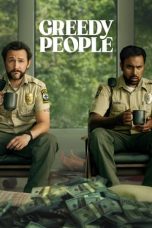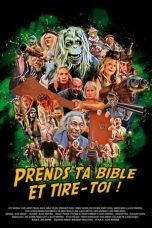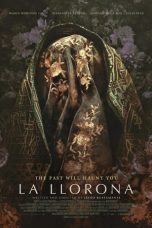- Source: The Revolt of the Cockroach People
The Revolt of the Cockroach People is a novel by Oscar Zeta Acosta. It tells the story of a Chicano lawyer, "Buffalo Zeta Brown", fictionalizing events from Oscar Acosta's own life, including the East L.A. walkouts at Garfield High School, the founding of the Brown Berets, the Christmas protests at St. Basil's church, the Castro v. Superior Court decision of 1970, Acosta's run for sheriff of Los Angeles County later that year, the Chicano National Moratorium, and the death of Ruben Salazar, who is referred to as "Roland Zanzibar" in the novel. The novel is written in the style of Gonzo journalism, which he helped codify the conventions with American journalist and friend Hunter S. Thompson. The story of Buffalo Z. Brown, a persona of the author, satirizes the East L.A. Chicano movement through the eyes of a participant observer. Acosta uses the historical events of the late 1960s and early 1970s "as the context for the construction of a Chicano identity and the realization of a revolutionary class consciousness."
Acosta frames Brown as a lawyer who understands the United States's legal system as both arbitrary and differential, and therefore comes to the realization that an "objective truth" can never materialize "either in the courtroom or elsewhere." Through the character of Brown, Acosta acknowledges that what is understood as "truth" is a social construct or cultural convention. This realization is destabilizing yet invigorating for Brown, who understands that law can function both "as a tool of repression but it may also be used to project a radically new form of legality that cannot be achieved within present institutions," as described by Mexican-American scholar Ramón Saldívar. Saldívar characterizes this as an important moment for Brown (and Acosta), as he understands that "ideological commitment to a cause" is not a matter of identifying "truth" or "falsehood" but an "issue of taking sides in a struggle between embattled groups."
Plot
The novel starts in medias res, during the Christmas protest at St. Basil Catholic Church. Brown becomes involved with the Chicano movement when he moved to Los Angeles in 1968 while looking to write a book. He spent three years with the Chicano Militants, defending them in various court cases and assisting in organizing protests and marches. The novel depicts the Chicano movement in the fictional barrio of "Tooner Flats" in East Los Angeles. The leaders are eventually indicted on charges of conspiracy to disrupt the schools. Brown defends them and wins.
Reception
As Marcial Gonzalez notes, "not all critics have shared a favorable opinion of Acosta's novel". Critics argued the novel gave shallow explorations of ethnicity, and exaggerates many aspects of the Chicano movement in East LA in a manner not representative to the real events. During this time, Chicano literature assisted in shaping the cultural tropes and concepts of Chicanismo, "creat[ing] socially engaged works fusing mimetic reflections of the socio-political conditions of Chicana/os with myths and symbols." Critics hold a shared interpretation that the novel satirizes aspects of Chicanismo and criticizes the contradictions within the movement. Marc Priewe argues that Acosta proposes a "reflexive nationalism," against essentialist attitudes of the Chicano movement. Some believe that reception from Chicano critics reject Acosta's novel because of its criticism of Chicano nationalism building at the time.
See also
Chicano Liberation Front
References
External links
Study resource for The Revolt of the Cockroach People
Kata Kunci Pencarian:
- Choujin Sentai Jetman
- The Revolt of the Cockroach People
- Oscar Zeta Acosta
- Chicano literature
- Straight Arrow Press
- Lowrider
- Católicos por La Raza
- Ruben Salazar
- Cholo (subculture)
- Acapulco Gold
- Chicano rap
Elysium (2013)
La Llorona (2019)
No More Posts Available.
No more pages to load.














